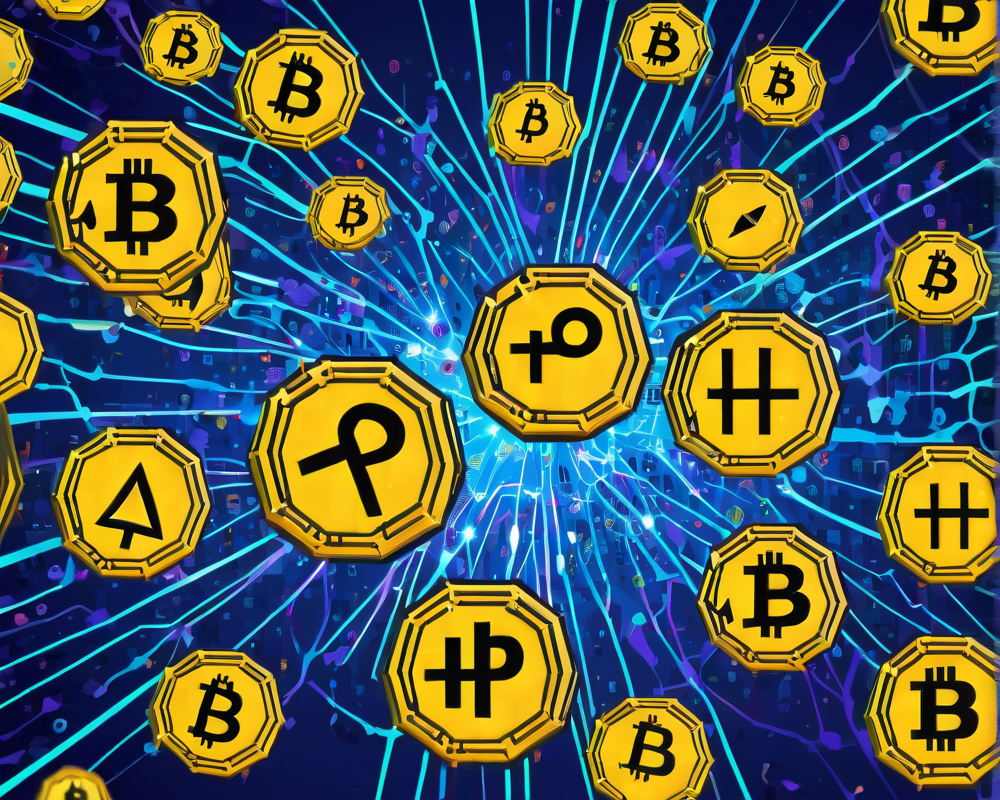A Close Call for Monero
Just when you thought the world of cryptocurrency was going up in flames, Monero (XMR) developers swooped in like superheroes after a local citizen reported a bug that could have allowed attackers to ‘burn’ funds in wallets by misusing stealth addresses. They patched the issue before anyone could say, “Oops, there goes the crypto wallet!” Talk about a close call!
What Makes Monero Tick?
On the surface, Monero might look like your average run-of-the-mill cryptocurrency, akin to Bitcoin (BTC). But there’s a twist! Launched in 2014, it prides itself on a robust commitment to anonymity. Imagine tossing in a blend of cutting-edge tech with a splash of secrecy—voila! Monero is created. Designed with principles outlined in the mysterious ‘Cryptonote’ white paper, Monero has carved out its niche in the cryptosphere.
Unique Features of Monero
- Ring Signatures: Mixing senders’ addresses keeps transactions anonymous.
- Stealth Addresses: Each transaction gets a unique address, making tracking nearly impossible.
- Ring Confidential Transactions: Hides the transferred amounts—like magic!
It’s a circus act of confidentiality that puts even Houdini to shame!
The Burning Bug: What Went Wrong
On September 18, sharp-eyed Redditor u/s_c_m_l published a theory about a potential attack vector—if someone sent multiple transactions to the same stealth address, it could lead to Monero ‘burning’ that XMR altogether. Like an accidental bonfire, except the only thing getting torched are the funds. Not cool.
The Developer Response
Fortunately, Monero developers quickly unmasked this theoretical villain and developed a patch. In fact, a public announcement was only made once they had swiftly tackled the breach. They even claimed they notified as many exchanges as possible, ensuring that everyone was in the loop. Better safe than sorry, right?
The Wider Implications of Privacy
Despite Monero’s reputation as the go-to coin for anonymity, the debate rages on: is it truly untraceable? Authorities like the DEA argue otherwise, claiming that they still have their ways. “The blockchain actually gives us a lot of tools to be able to identify people,” said a DEA agent, backing up their stance with… well, an entire platitude of digital tools!
Staying Vigilant: Community Response
While no attack was conducted, the incident was a reminder for the entire Monero community to keep their guard up. Just days earlier, users had flagged concerns regarding the compromised MEGA Chrome extension, which attempted to harvest user data across multiple significant websites. Luckily, that mess was unrelated to Monero directly but goes to show the importance of cybersecurity vigilance in this chaotic digital landscape.
Conclusion: The Unfolding Story of Monero
In the fast-paced world of cryptocurrencies, Monero’s dedication to anonymity is a double-edged sword. While they pride themselves on providing absolute privacy, breaches of confidence can fuel controversy. The recent ‘burning bug’ and the rapid developer response serve as a reminder: in crypto, things can heat up quickly, but with a well-prepped community and a proactive approach, it seems that Monero may just slip through the flames unscathed.




